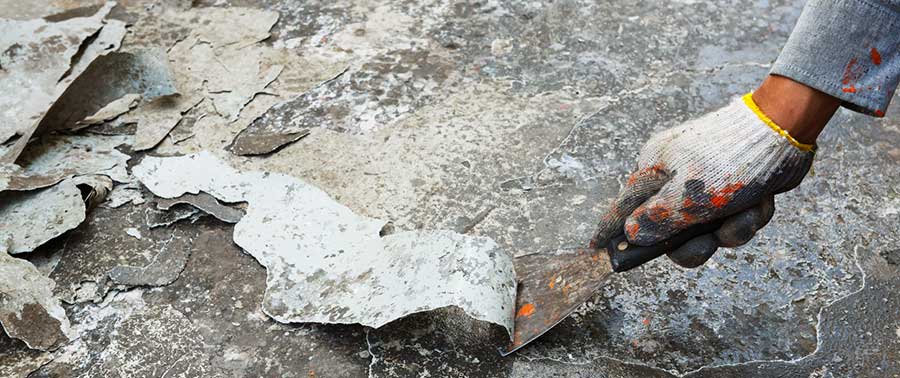How to Protect Yourself from Lead Poisoning
National Lead Poisoning Prevention Week is an opportunity to look at this very real problem that affects people everywhere. As much as it may seem difficult to believe with modern technology and everything we know about lead and lead poisoning, exposure to lead is still an extremely relevant problem for people at home or at work, and especially for young children. So, to honor the week and help raise awareness of this under-rated problem, here are a few tips for how you can prevent lead poisoning from impacting your life, the lives of your children, or the lives of those you employ.
Replace Lead Drinking Lines
In 1986, Congress made an amendment to the Safe Drinking Water Act, mandating that all drinking water systems, including pipes, plumbing fittings, fixtures, solder, or flux used to assemble them, must be 100 percent lead-free. That means if your home or building was constructed before this time and you’re still using original plumbing, your drinking water lines may be a source of lead exposure.
The Health Impact Project released a report entitled 10 Policies to Prevent and Respond to Childhood Lead Exposure in August 2017, and this report estimates that replacing leaded drinking water lines in 2018 would yield about $2.7 billion in future benefits. This includes roughly 2.2 billion in higher lifetime earnings, better health, and more. The cost of replacing those pipes in every home in the country would cost an estimated $2 billion.
Are you at risk for lead poisoning? Have your home or building tested by calling the environmental consulting experts at RPF Environmental at 888-983-9861 today!
Eradicating Lead Paint
Lead used to be a fairly common ingredient in the paint we put on our walls, window sills, doors, trim, ceilings, exterior surfaces, and more. However, lead-based paint was banned from use back in 1978. That’s good news for many people, but for those who dwell in older buildings, it could be a problem. Even if you’ve painted many times over, layers of lead-based paint may still exist under the surface. If your building was constructed before the 1978 ban, there’s a chance it still contains some of this lead-based paint, and deterioration of this paint presents a huge hazard for the inhabitants. Even the soil outside your building may have elevated lead.
Deteriorating paint is a serious issue in millions of homes across the country. The CDC estimates that roughly 24 million homes face a problem with deteriorating lead paint, and more than 4 million of those are home to one or more young children. When any surface with lead-based paint is disturbed (by renovation, maintenance, or even minor daily living impacts), it can create dust contaminated with lead.
And here’s the tough part: eliminating lead paint from these older buildings is frequently not a small task. However, the investment could have massive benefits in the long run for the health of the inhabitants. There are several interim controls that can be used, short of full removal, if it is performed safely and correctly. If you hire a contractor to perform work in your older home or building (<1978) with lead-based paint present, be sure they are EPA certified pursuant to the Lead Renovation, Repair and Painting Rule. Also, be aware that there are OSHA standards put in place by the U.S. Department of Labor to protect workers from exposure to lead.
Eliminating Leaded Airplane Fuel
Lead poisoning doesn’t always spread through direct contact: it can spread through the air we breathe! While we’re used to seeing the word “unleaded” associated with our gasoline pumps, most people don’t realize that the fuel we put in our airplanes still mostly has lead in it. Eliminating this lead from airplane fuel would protect nearly a quarter-million children who live near airports according to The Health Impact Project’s report. The elimination would also remove more than 450 tons of lead from the environment every year.
Are you at risk for lead poisoning? Have your home or building tested by calling the environmental consulting experts at RPF Environmental at 888-983-9861 today!




